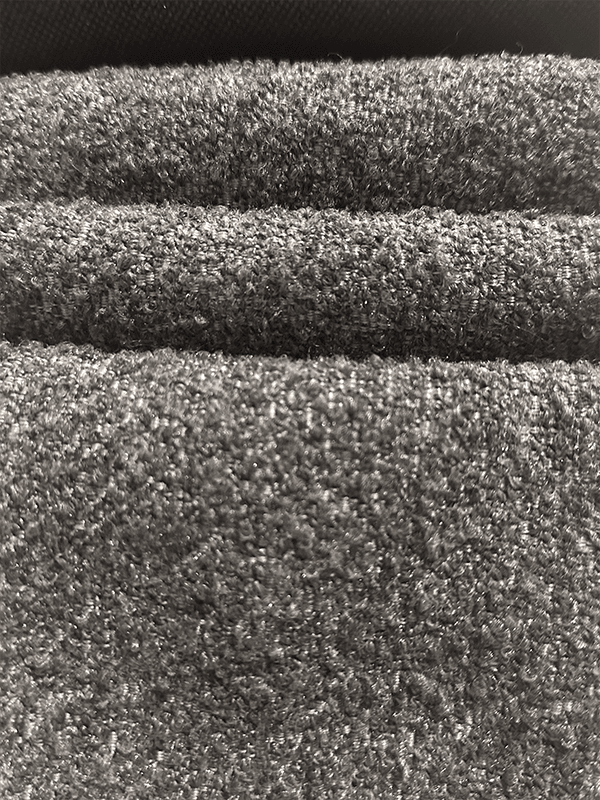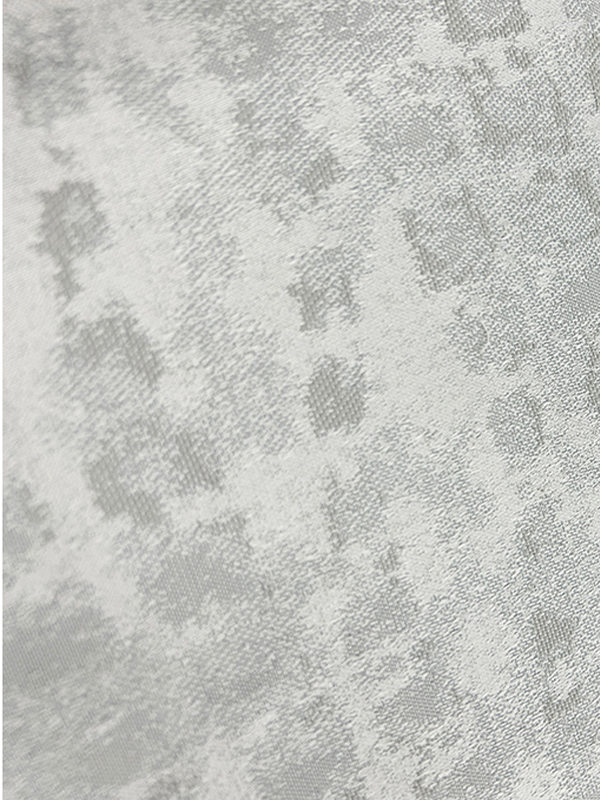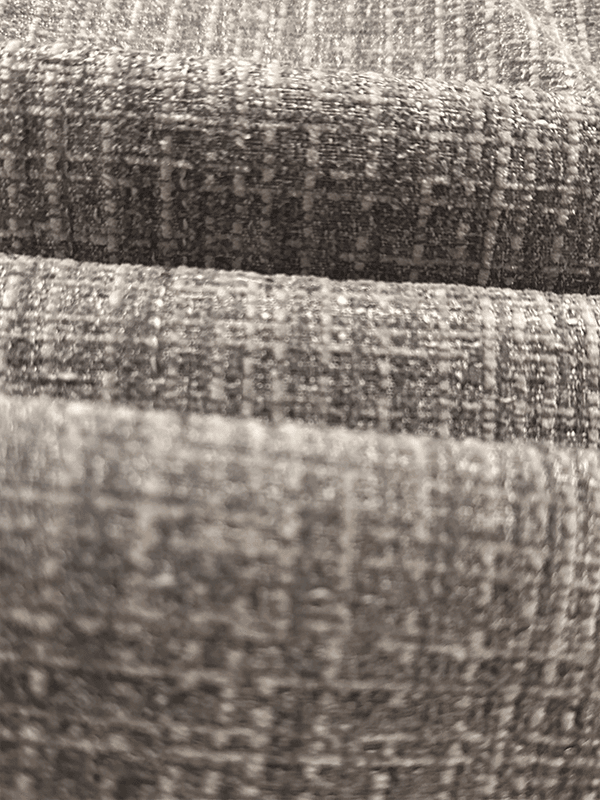Choosing the right sofa fabric is essential for creating a comfortable, durable, and stylish living space. With countless fabric options available, from natural fibers like cotton and linen to synthetics like polyester and microfiber, the decision can be overwhelming. But why does sofa fabric matter so much? How do you select the best material that balances aesthetics, comfort, and longevity? This article explores the different types of sofa fabrics, their pros and cons, care tips, and how to choose the perfect fabric for your needs.
Why Is Sofa Fabric Important?
The fabric of your sofa does more than just cover the frame—it affects comfort, appearance, maintenance, and how well the sofa withstands everyday use. The right fabric can:
Enhance the overall style of your room.
Provide the right level of softness and breathability.
Resist stains, fading, and wear from pets and children.
Simplify cleaning and upkeep.
Understanding fabric characteristics helps you make a smart investment that lasts for years.
Common Types of Sofa Fabric
1. Cotton
Cotton is a popular natural fiber known for its softness and breathability. It offers comfort in all seasons and feels pleasant against the skin.
Pros: Soft, comfortable, natural, easy to dye.
Cons: Prone to wrinkles and stains; may fade with sunlight exposure; less durable compared to synthetics.
Best for: Casual, cozy living rooms with light to moderate use.
2. Linen
Linen has a natural texture and a crisp feel. It is breathable and cool, ideal for warm climates.
Pros: Strong natural fiber, ecofriendly, breathable.
Cons: Wrinkles easily, can be rough initially, requires professional cleaning.
Best for: Stylish, lightuse sofas in climatecontrolled spaces.
3. Polyester
Polyester is a synthetic fabric known for durability and resistance to fading and stains.
Pros: Durable, affordable, colorfast, resistant to stretching and shrinking.
Cons: Can pill over time; less breathable than natural fibers.
Best for: Hightraffic households with kids or pets.
4. Microfiber
Microfiber is a tightly woven synthetic fabric with a suedelike texture. It is extremely popular for sofas.
Pros: Soft, stainresistant, easy to clean, durable.
Cons: Can attract pet hair; may feel less natural.
Best for: Families looking for durability and easy maintenance.
5. Velvet
Velvet has a luxurious, plush texture that adds elegance and depth to sofas.
Pros: Soft, visually rich, available in many colors.
Cons: Prone to crushing, difficult to clean, attracts dust.
Best for: Formal living rooms or lowtraffic areas.
6. Wool
Wool fabric is warm, resilient, and naturally flame resistant.
Pros: Durable, stainresistant, insulates well.
Cons: Can be itchy, requires special cleaning, may felt or shrink.
Best for: Cold climates and traditional interiors.
7. Leather and Faux Leather
Leather is durable, ages beautifully, and is easy to wipe clean. Faux leather offers a budgetfriendly alternative.
Pros: Durable, easy to clean, hypoallergenic.
Cons: Can crack over time, less breathable; faux leather may peel.
Best for: Sophisticated, easytomaintain sofas.

Factors to Consider When Choosing Sofa Fabric
1. Durability
Assess your lifestyle. Homes with kids or pets need fabrics that resist stains and wear, like microfiber or heavyduty polyester.
2. Comfort
Natural fibers generally offer better breathability and softness. However, some synthetics like microfiber provide a great balance of softness and durability.
3. Maintenance
Some fabrics require professional cleaning (linen, wool), while others can be spot cleaned or machine washed (microfiber, polyester).
4. Aesthetic and Style
Choose a fabric that complements your décor theme, whether modern, rustic, classic, or eclectic. Pattern and texture also affect the look.
5. Color and Pattern
Light colors brighten a room but show stains easily; darker shades hide dirt better. Patterns can add interest but may be harder to match with other furnishings.
How to Care for Your Sofa Fabric
Proper care extends the life and beauty of your sofa fabric:
Regular vacuuming: Removes dust and debris to prevent fiber damage.
Spot cleaning: Attend to spills immediately using manufacturerrecommended cleaners.
Professional cleaning: Consider periodic deep cleaning for natural fabrics.
Avoid direct sunlight: Prevent fading by placing sofas away from direct sun or using curtains.
Use throws and slipcovers: Protect highuse areas and add design versatility.
Trends in Sofa Fabrics
Ecofriendly fabrics: Growing demand for sustainable fibers like organic cotton, hemp, and recycled polyester.
Performance fabrics: Innovations offer stain resistance, antimicrobial properties, and durability suitable for active households.
Textured and layered fabrics: Bouclé, chenille, and mixed materials add tactile interest and warmth.
Bold prints and patterns: From florals to geometrics, these fabrics make sofas statement pieces.
Conclusion
Selecting the right sofa fabric is a crucial step in furnishing your home. It affects comfort, appearance, maintenance, and durability. Whether you prioritize softness, ease of cleaning, or a specific look, understanding the pros and cons of different fabric types helps you make an informed decision.
For families, microfiber or polyester blends often provide the best mix of durability and comfort. For elegant spaces, velvet or leather adds sophistication. Natural fabrics like cotton and linen suit casual, breathable settings but require more care.
By balancing lifestyle needs with style preferences, you can find the perfect sofa fabric that enhances your living space and provides years of enjoyment.
If you want, I can also help create SEO metadata, keyword suggestions, and image alt text for publishing this article online. Would you like that?

 English
English 中文简体
中文简体 Español
Español عربى
عربى














